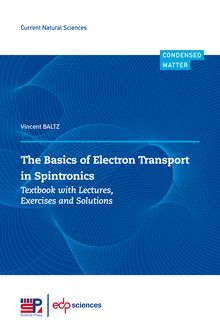Urban Metabolism and Ecological Management: , livre ebook
826
pages
English
Ebooks
2021
Obtenez un accès à la bibliothèque pour le consulter en ligne En savoir plus
Découvre YouScribe en t'inscrivant gratuitement
Découvre YouScribe en t'inscrivant gratuitement
826
pages
English
Ebooks
2021
Obtenez un accès à la bibliothèque pour le consulter en ligne En savoir plus
Publié par
Date de parution
25 février 2021
Nombre de lectures
1
EAN13
9782759825202
Langue
English
Poids de l'ouvrage
19 Mo
Urbanization is the one of the most evident forms of anthropization. With most of the world population living in cities, the need of thinking about a more sustainable urban lifestyle has become an imperative. This is why present and future generations of scholars, urban managers and policy makers should be prepared to work together to support the reduction of impacts generated by urban activities, while pursuing the goal of an equitable and sustainable well-being within the planetary boundaries. In this respect, the use of different methods and tools can support the implementation of roadmaps and policies. Besides that, different communication languages can be used to enhance the development of a shared reflective vision about the future of cities among citizens, as major actors of the urban life and its transformation.
This book provides an accessible overview of some key methods to deal holistically with the analysis of urban resources flows to readers with an interest in the academic or professional reference of the different approaches for studying urban metabolism. It presents some of the most important tools along with relevant case studies to illustrate their potential application. Experts in the field and holding the belief that visions and hopes trigger decisions and behaviors beyond the knowledge, the authors introduce readers to the use of different art-based methods to engage with citizens towards a common outlook on the future of our cities. The book also offers an enhanced reading experience by featuring a soundtrack composed by one of the authors and available through the QR code at the beginning of each chapter.
Publié par
Date de parution
25 février 2021
Nombre de lectures
1
EAN13
9782759825202
Langue
English
Poids de l'ouvrage
19 Mo














